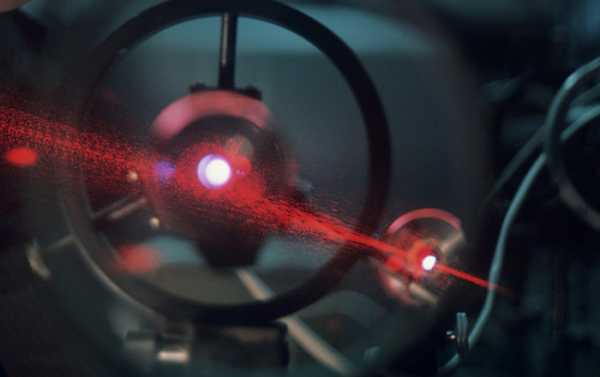
According to researchers, their novel method would save considerable time and effort, with the technology expected to be tested out in near-Earth orbit as soon as 2021-2022, when a small satellite is launched into space with test equipment on board.
Scientists at Lomonosov Moscow State University’s Skobeltsyn Institute of Nuclear Physics have proposed a unique, spacecraft-based laser scanning system which they say can be used to engage in a systematic search for life on Mars and other celestial bodies in our solar system.
“From the characteristics of the resulting fluorescent radiation, we can determine if the test object contains life or not,” the academic explains.
One of the benefits of this method, according to Panasyuk, is that it theoretically allows for objects to be scanned for life from distances of dozens or even hundreds of kilometers away, albeit only at the surface level.
The technology is said to be in the active phase of development, and expected to be tested in near-Earth orbit sometime within the next two years, with plans to launch a small cubesat with measuring equipment onboard.
A specialized, very small measuring instrument has been prepared for launch aboard either a cubesat 1U (i.e. 10x10x10 cenimeters) or 2U (10x10x20 cm), Panasyuk says, with the apparatus expected to contain some biological objects, most likely algae, through which it will be possible to test out the technology.
According to the scientist, the Russian side has also signed a separate agreement with Italian counterparts who have developed a separate but similar method to search for life in space. They plan to launch their system with the support of the European Space Agency this July. After that, researchers plan to create a jointly developed CubeSat 3U or 6U satellite with both Russian and Italian equipment onboard.
Researchers argue that just as life on Earth began thanks to microorganisms, so too should the search for life in our solar system begin by looking for the simplest forms of life.
The Lomonosov Moscow State University researchers’ work on the new measuring equipment was carried out as part of broader efforts to develop scientific tools for Fobos-Grunt 2, a planned Russian automated space probe which plans to bring soil samples from the Martian moon of Fobos back to Earth. That mission is planned to be launched sometime after 2025.

Phobos-Grunt probe at the Baikonur space center
Sourse: sputniknews.com






